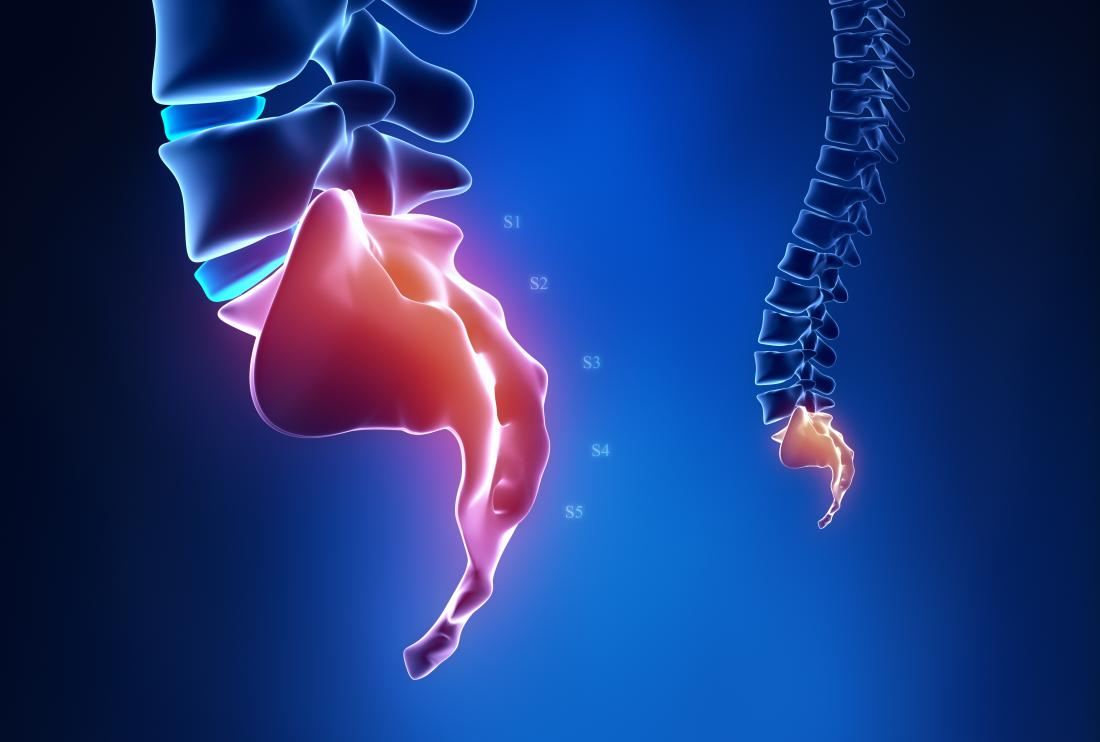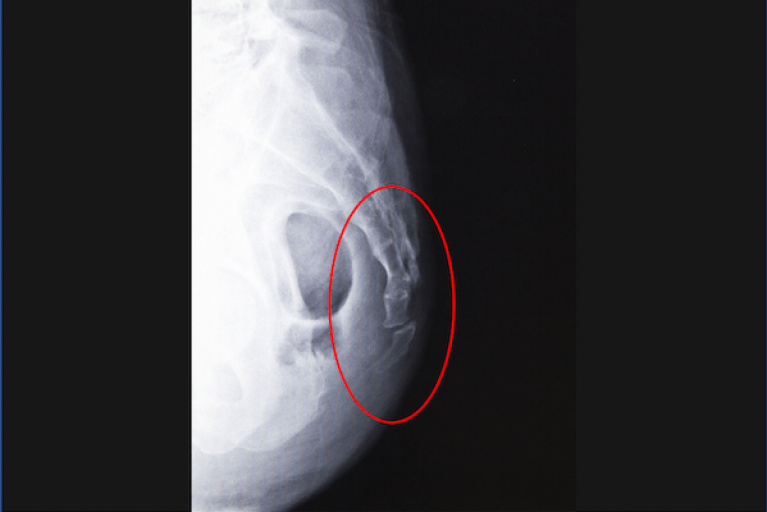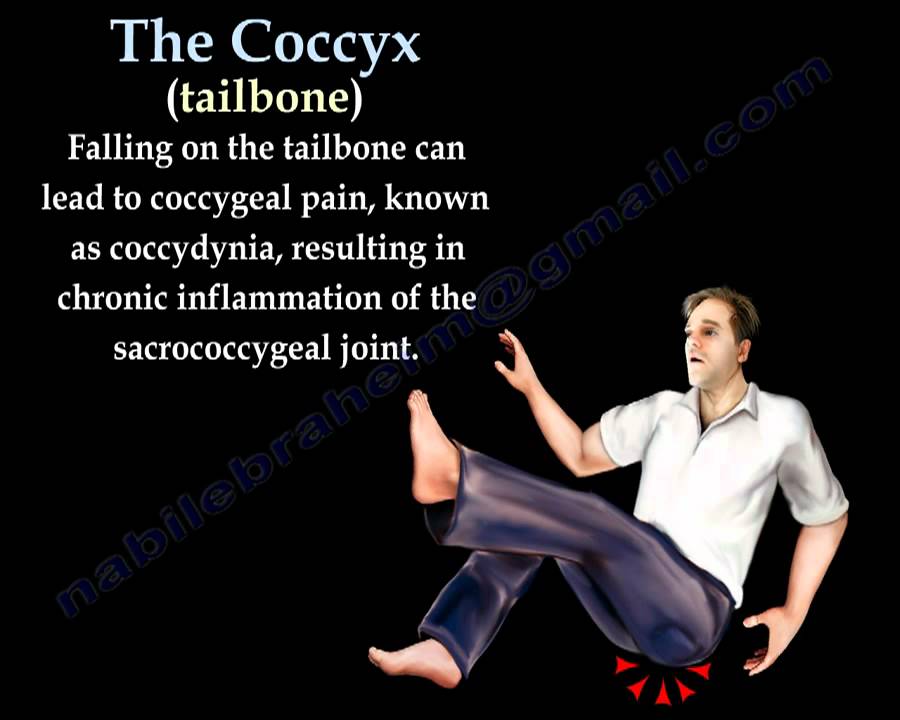Outstanding Info About How To Heal Tailbone

For tailbone pain that doesn't go away, consult your health care provider.
How to heal tailbone. Rest and stop any physical activity that causes pain. Symptoms of a tailbone fracture include a constant dull pain in the very low back, and pain that. A broken or bruised coccyx will usually heal on its own.
Applying heat to a bruised. Method 1 getting medical attention 1 make an appointment with your doctor. Applying warm and cold packs to the tailbone can help relieve tailbone pain.
Healing time for an injured tailbone depends on the severity of the injury. You probably never gave your tailbone a single. Focus on tucking the shoulder blades down and back to prevent the shoulders from rising.
Triangle pose also stretches the hamstrings. Place one foot parallel to the back edge of the mat and the. If you have a fracture, healing can take 8 to 12 weeks.
Tailbone pain treatment depends on the cause and the severity of your discomfort. But you should always visit a healthcare provider if you’re experiencing pain or swelling that doesn’t go away in a few days. Recovery may take a while.
Straining to have a bowel movement can also be very painful. Take pain relievers, such as acetaminophen (tylenol, others) or ibuprofen (advil, motrin ib, others). Treatment for tailbone pain can depend on the severity of the injury and may include medication, physical therapy, stretching, and surgery.
Tailbone pain, a condition called coccydynia, is usually dull achy pain in or around the tailbone. Lifestyle changes can help alleviate most causes of tailbone pain and allow it to heal on its own. Tailbone injuries can take several months to heal, but home treatment can ease the pain.
A rectal exam may be needed to rule out any other. The more you rest, the quicker the injury can heal. Keeping the body upright, raise the arms to shoulder height out to the side.
But if home remedies don’t work, your provider may recommend nonsurgical or surgical treatments. At the very bottom of your vertebrae is a pointy bone called the coccyx, also known as your tailbone. But the pain may become sharper or more intense after sitting or standing for a long time, during sex, or with urination or a bowel movement.
While tailbone injuries rarely require a visit to the emergency room, it is important that you visit a medical professional to get your tailbone injury accurately diagnosed. Rarely, the cause of tailbone pain is something more serious, such as an infection, benign tumor or cancer. Tailbone pain that doesn't improve is called chronic coccydynia.


















